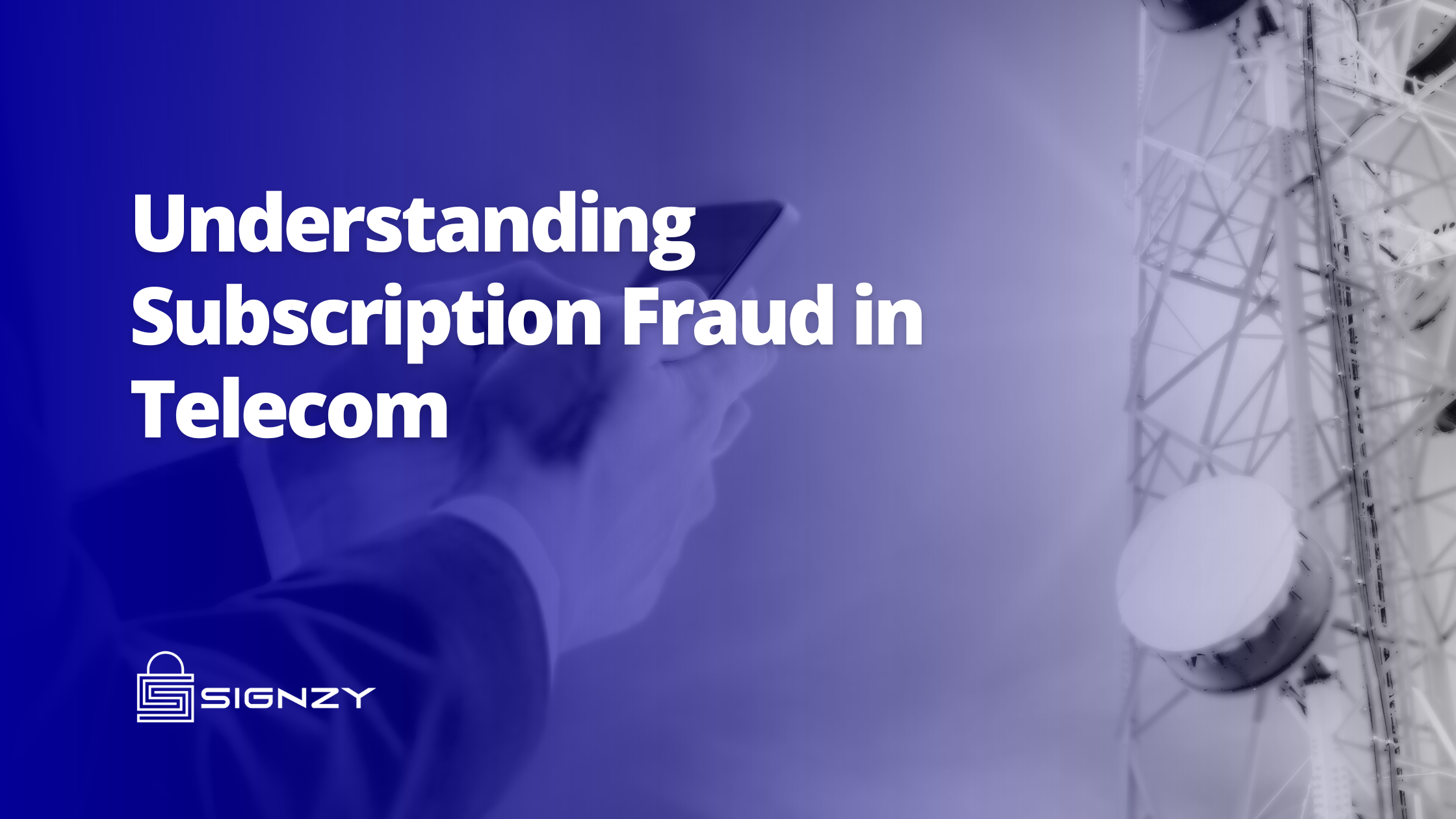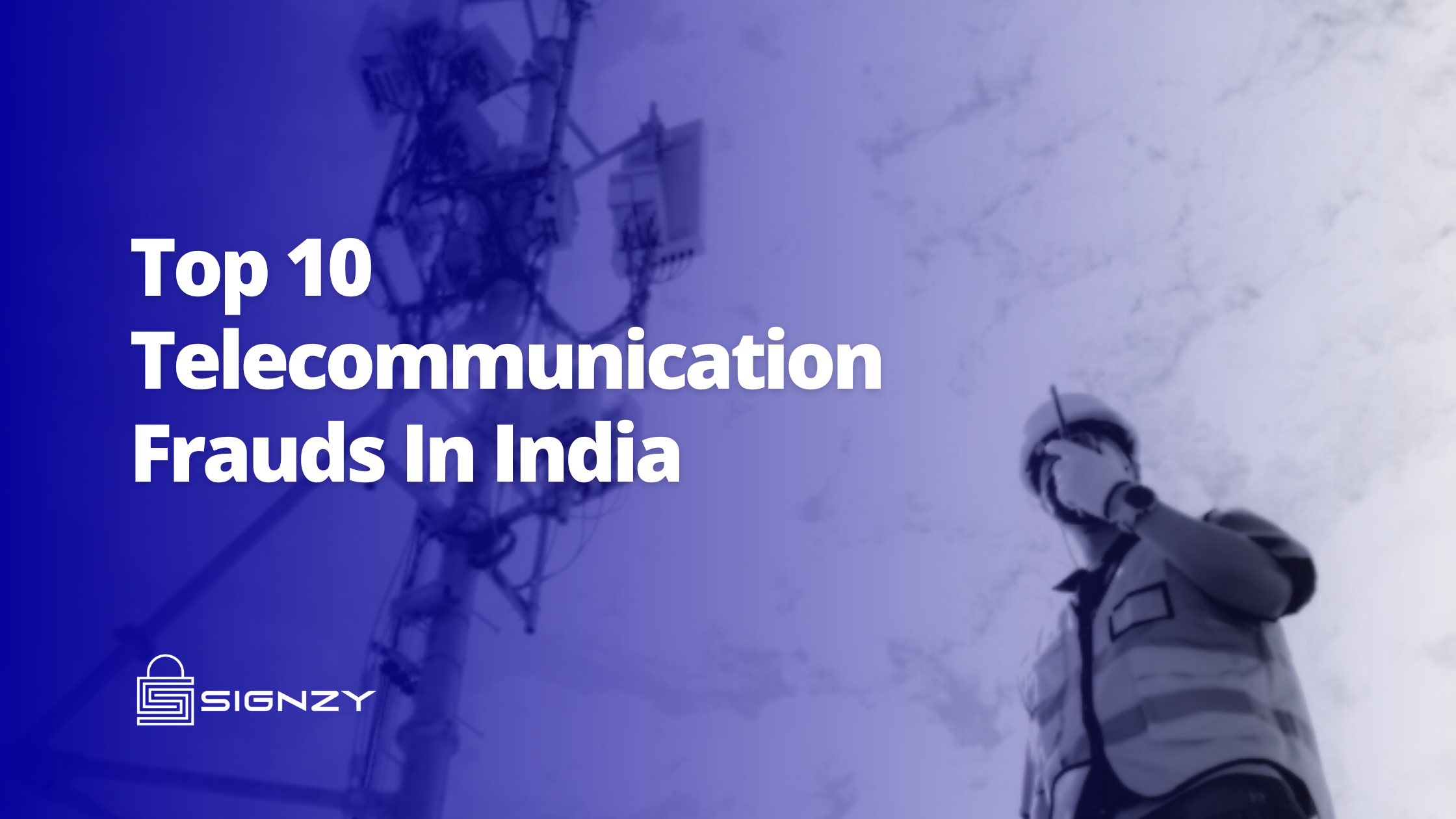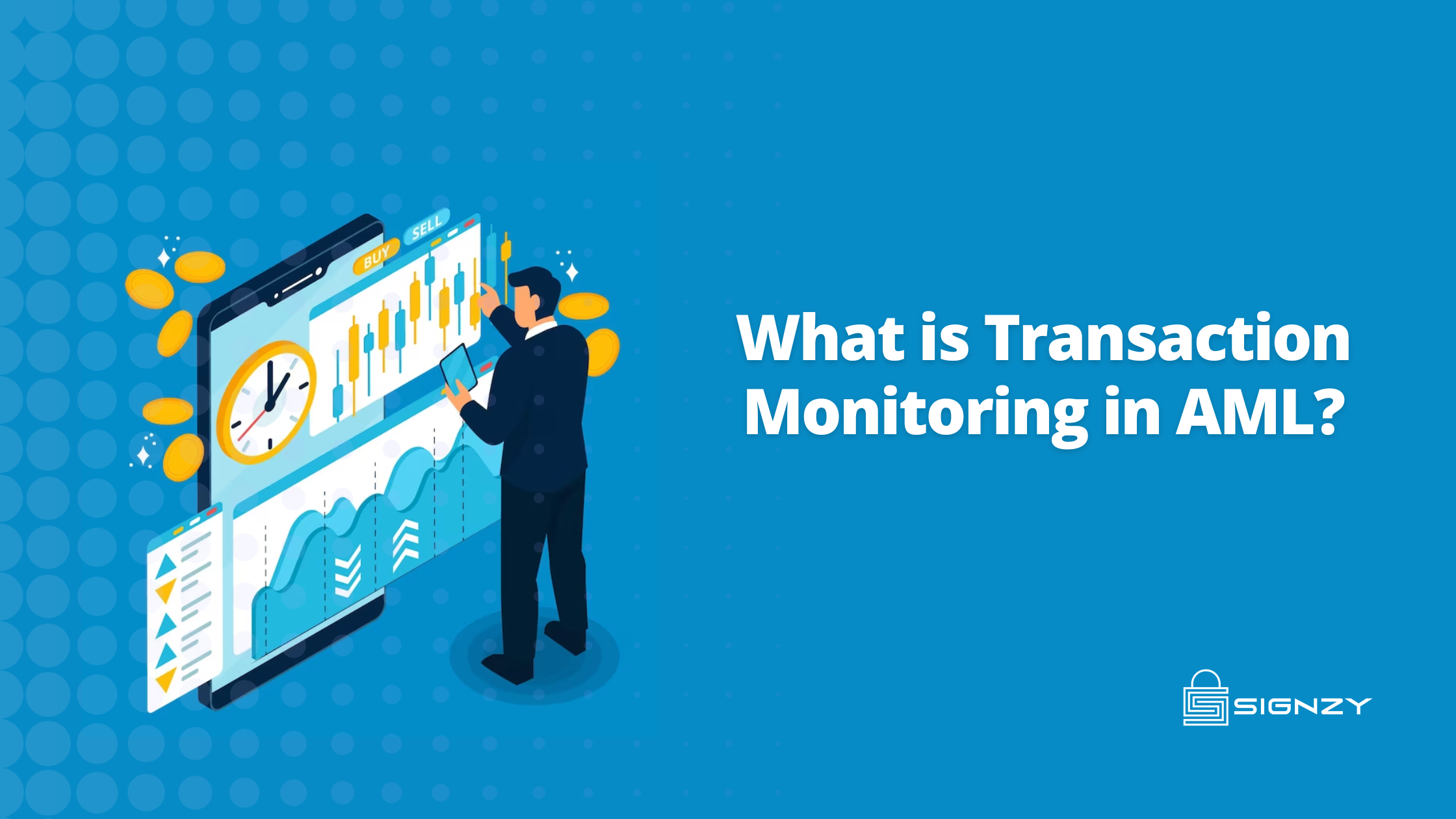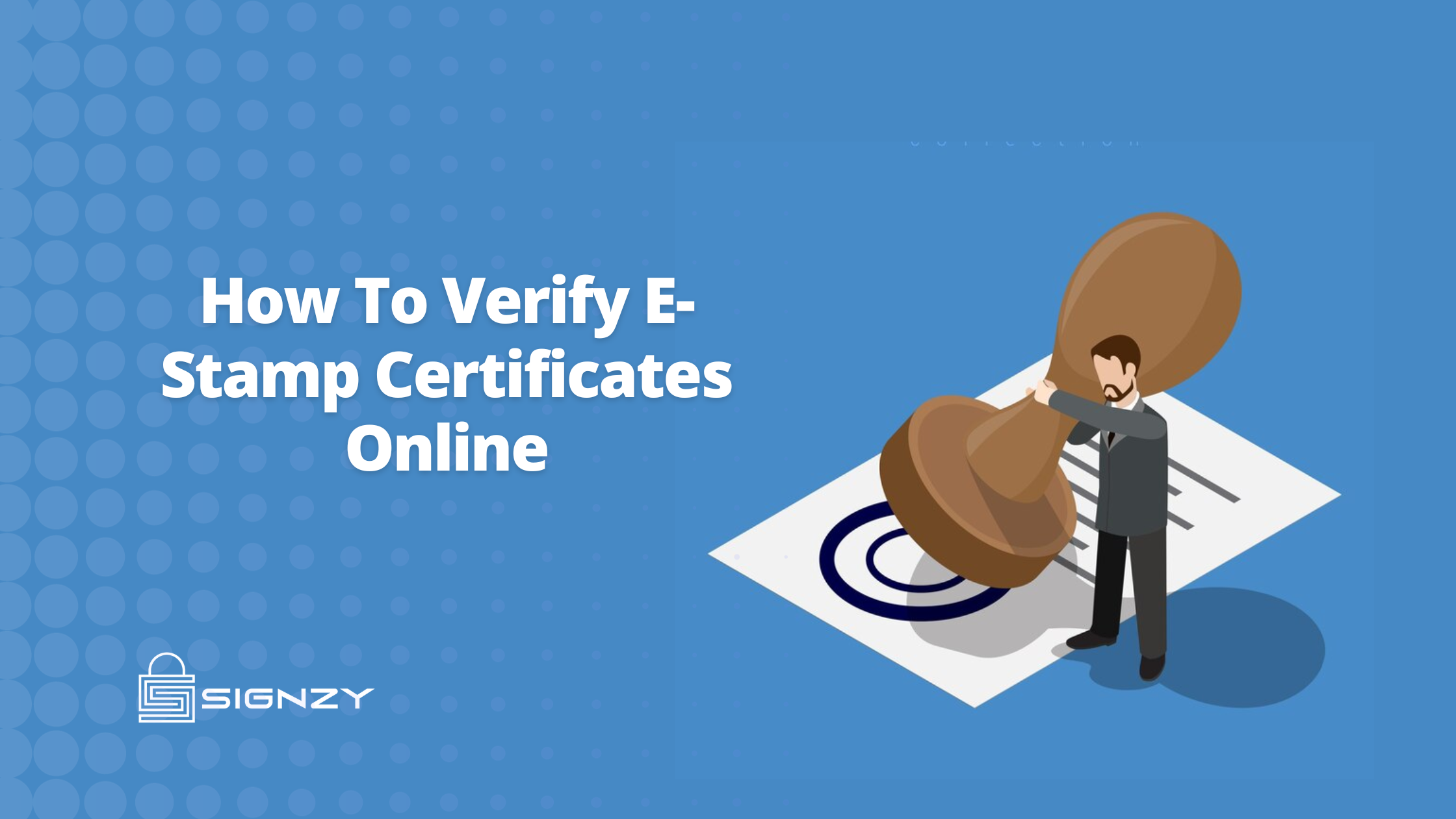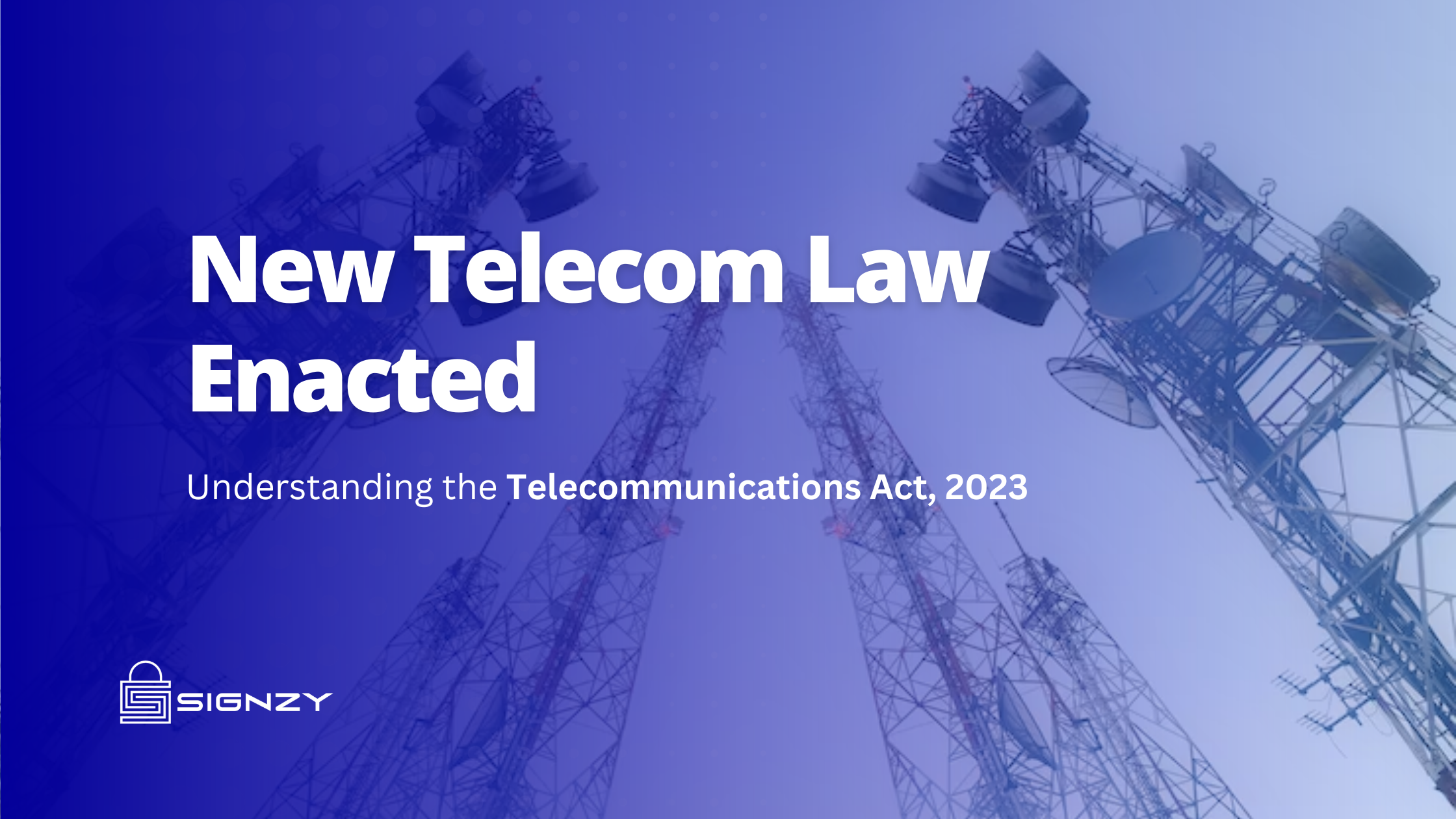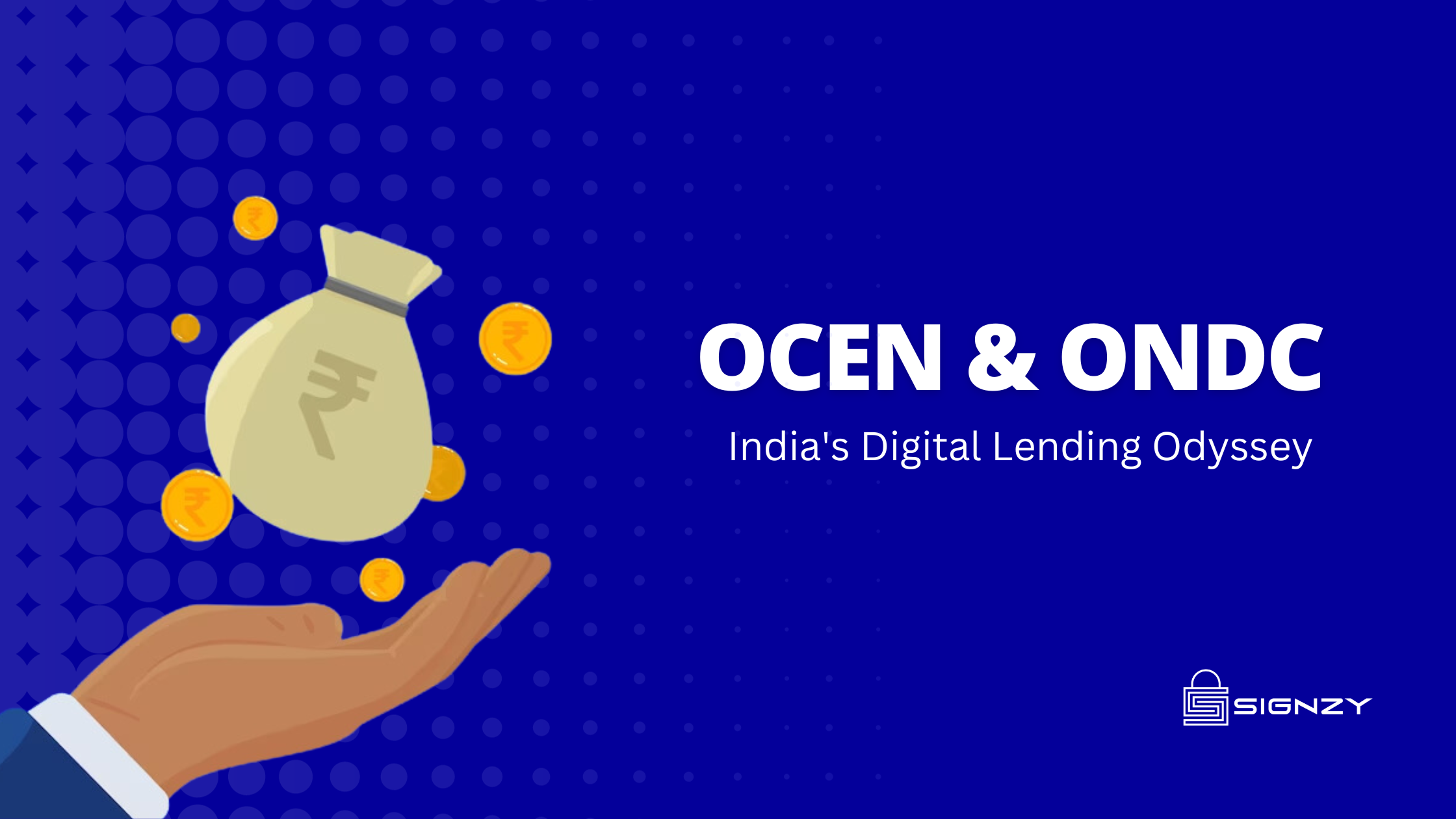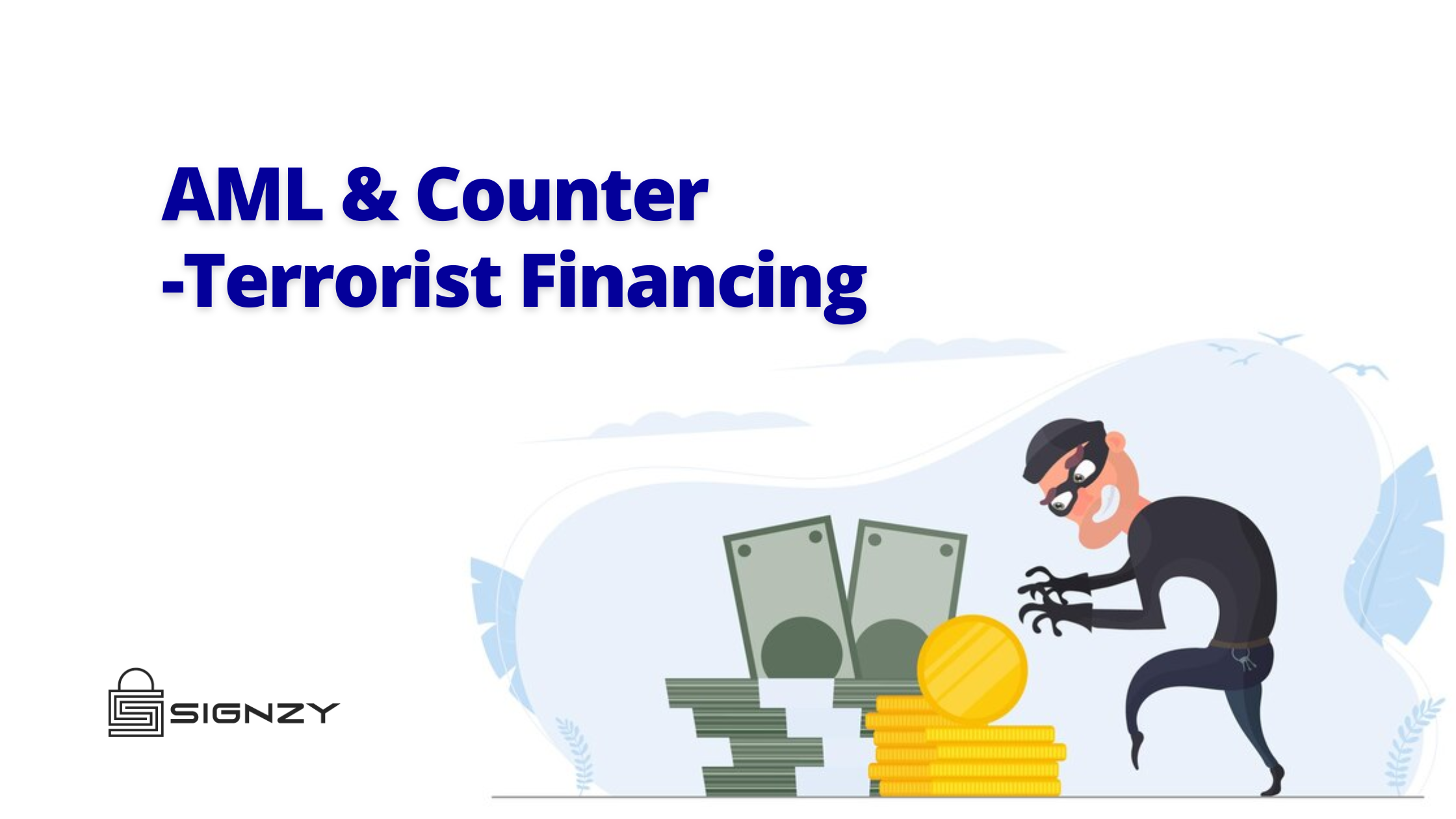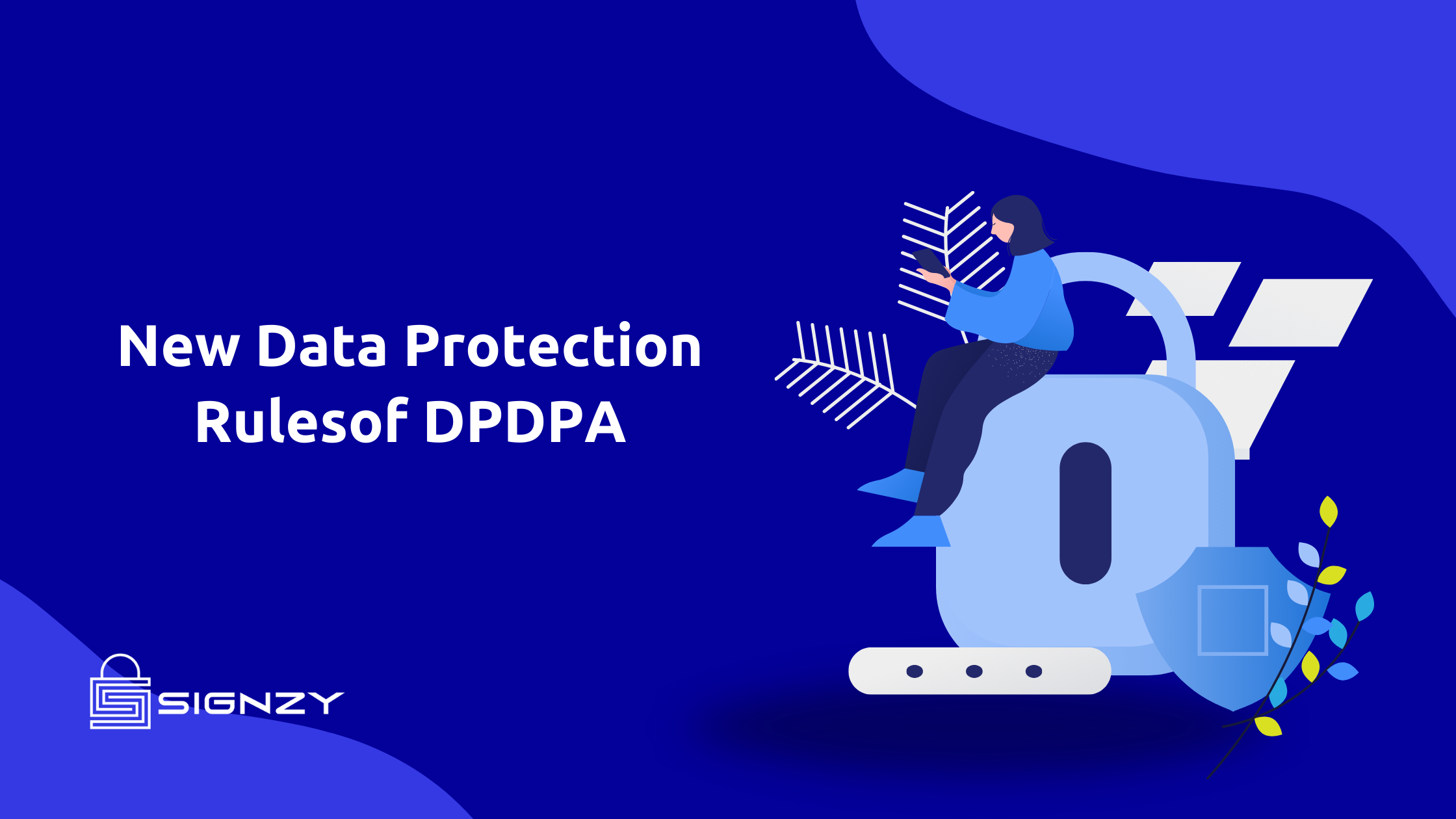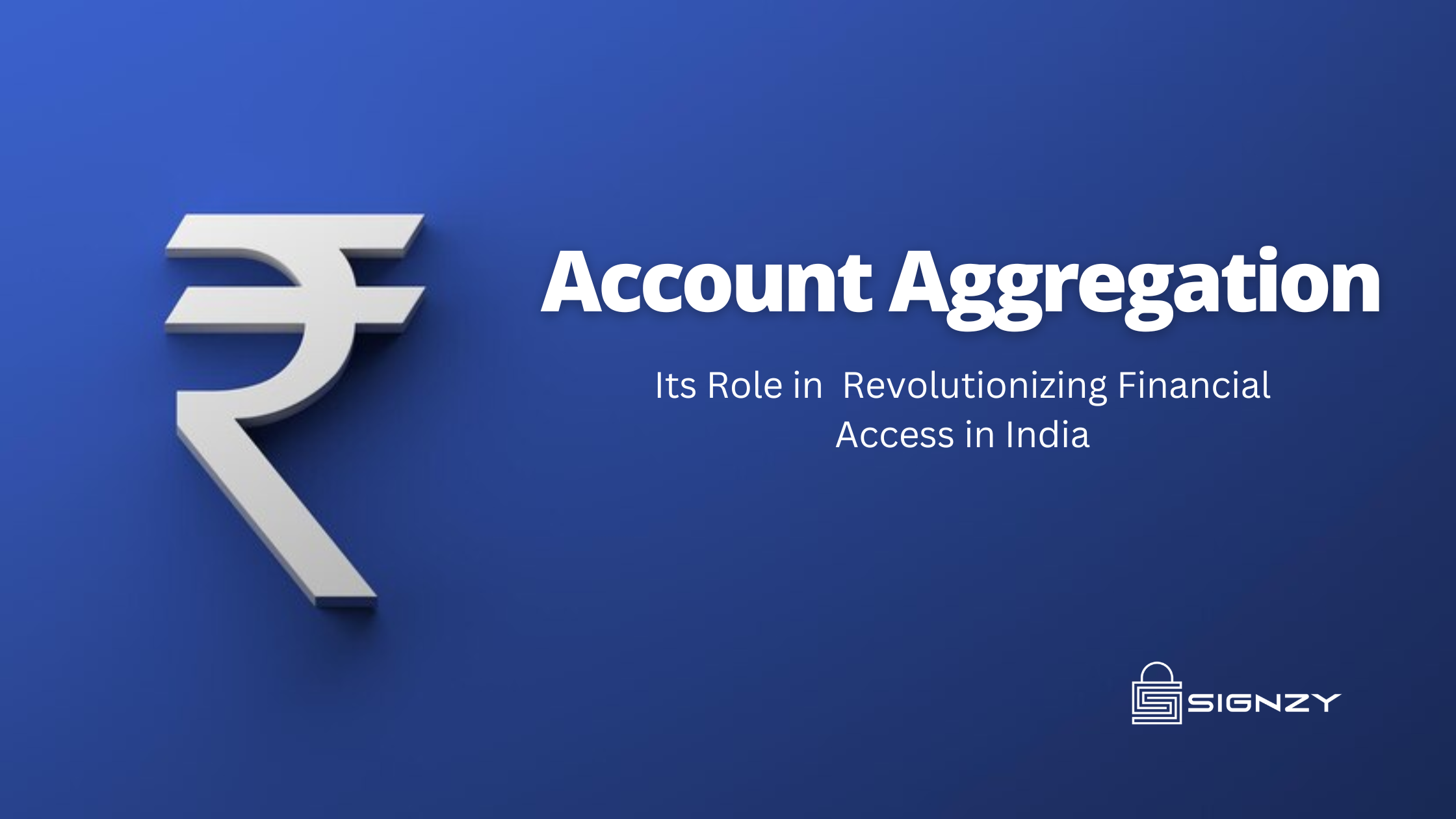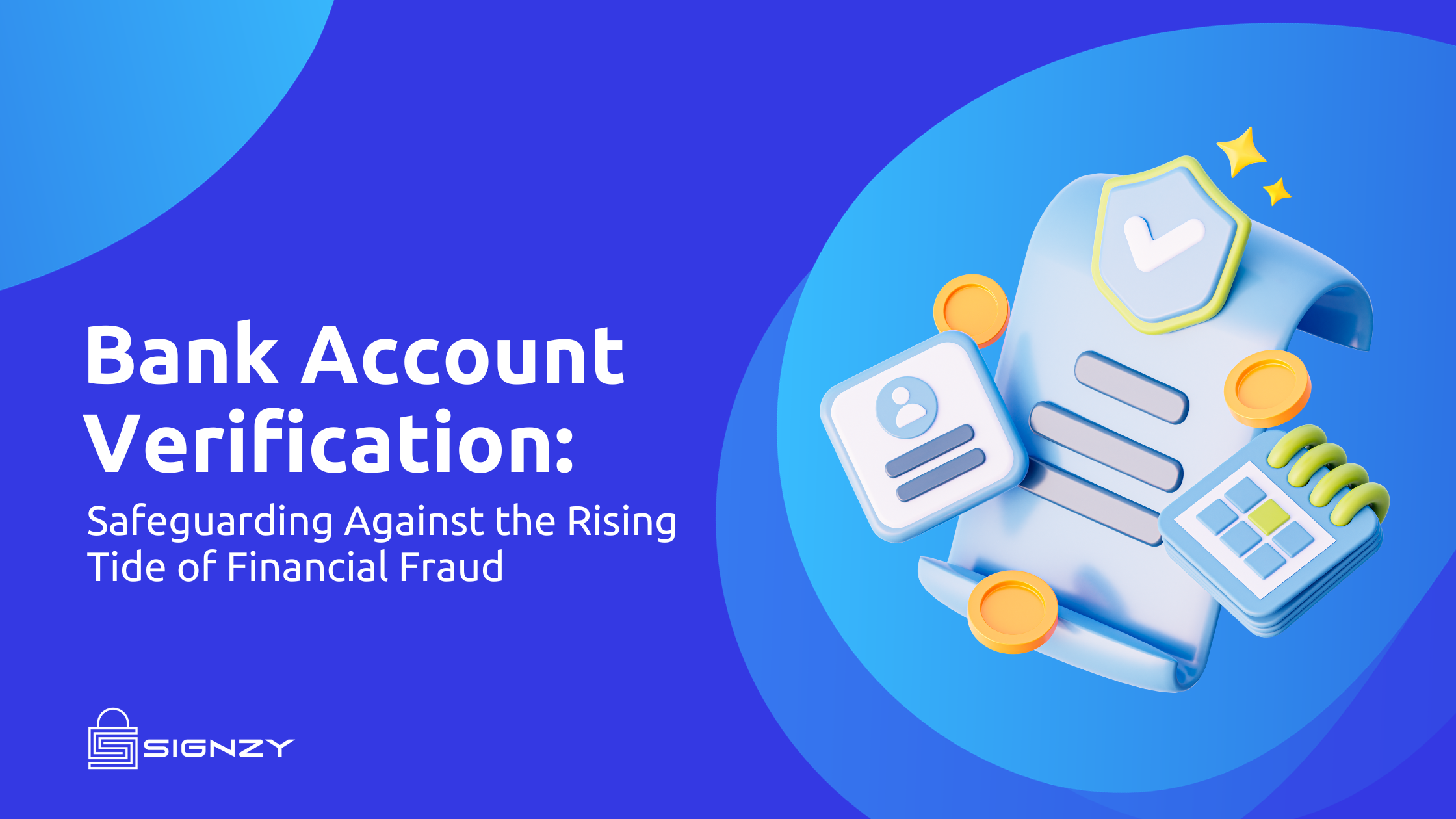In the modern age, where smartphones are extensions of ourselves and data plans fuel our digital lives, the world of telecommunications is a bustling hub of activity. But amidst the convenience and connectivity lurks a shadow – the insidious threat of subscription fraud. This blog delves into the murky depths of this pervasive crime, illuminating its mechanics, consequences, and most importantly, the strategies for effective combat.
Understanding Subscription Fraud
At its core, subscription fraud is a deceptive scheme where individuals obtain telecom services and devices without any intention of paying. They operate like phantoms, exploiting vulnerabilities in onboarding processes and vanishing into thin air, leaving behind a trail of unpaid bills and financial losses for telecom companies.
The Many Faces of a Master of Deception
Subscription fraud manifests in various guises, each a testament to the ingenuity (or perhaps desperation) of the perpetrators. Here are some of the most common forms:
- Synthetic Identities: Fraudsters craft fake personas using stolen or fabricated data, complete with convincing documentation, to fool verification checks and secure subscriptions.
- Account Takeover (ATO): Hackers breach existing accounts, hijacking phone numbers and exploiting vulnerabilities to rack up charges before the rightful owner notices.
- Sim Swapping: By tricking mobile operators into transferring phone numbers, fraudsters divert billing notifications and gain unauthorized access to subscriptions.
- Carding: Stolen credit card information is used to subscribe to services, leaving the cardholder to shoulder the financial burden.
How Subscription Fraud Breeds More Trouble?
The consequences of subscription fraud extend far beyond unpaid bills. It can:
- Erode trust: When customers fall victim to fraud, it can damage their trust in telecom providers and the digital ecosystem as a whole.
- Fuel other scams: Stolen identities and compromised accounts can be used for further fraudulent activities, expanding the reach of the criminal network.
- Hinder innovation: The financial losses incurred due to fraud can discourage telecom companies from investing in new technologies and services.
Unveiling the Framework
Subscription fraud typically operates within a well-defined framework:
- Data Acquisition: Fraudsters acquire stolen or fabricated data, including personal information, identity documents, and financial details.
- Onboarding Manipulation: They exploit loopholes in verification processes to create fake accounts or take over existing ones.
- Device Procurement: In some cases, they aim to obtain high-end phones or other devices bundled with subscriptions, often reselling them on the black market.
- Billing Avoidance: They employ various tactics to avoid paying bills, such as disappearing or using stolen payment methods.
Strategies to Combat Subscription Fraud
The battle against subscription fraud requires a multi-pronged approach:
- Robust Verification: Implementing strong KYC (Know Your Customer) procedures with advanced document verification and liveness detection can deter fraudsters.
- Behavioral Analytics: Monitoring user behavior during onboarding and usage can reveal suspicious patterns, such as rapid sign-ups or unusual activity.
- Fraud Scoring: Assigning risk scores based on various data points can help prioritize high-risk accounts for further scrutiny.
- Collaboration: Sharing information and best practices across the industry, including law enforcement agencies, can help track down and dismantle criminal networks.
- Customer Education: Raising awareness among customers about the risks of subscription fraud and encouraging them to report suspicious activity is crucial.
Signzy: Fight Against Subscription Fraud
Signzy’s platform leverages advanced technologies like video KYC, document verification, and behavioral analytics to identify and thwart fraudulent attempts in real-time.
By embracing robust verification processes, collaborative efforts, and innovative technologies like Signzy’s solutions, the telecom industry can create a more secure and trusted landscape for both customers and providers. Together, we can turn the tide against the phantoms of subscription fraud, ensuring that the digital future of telecommunications is one of seamless connectivity, financial stability, and peace of mind.
About Signzy
Signzy is a market-leading platform redefining the speed, accuracy, and experience of how financial institutions are onboarding customers and businesses – using the digital medium. The company’s award-winning no-code GO platform delivers seamless, end-to-end, and multi-channel onboarding journeys while offering customizable workflows. In addition, it gives these players access to an aggregated marketplace of 240+ bespoke APIs, easily added to any workflow with simple widgets.
Signzy is enabling ten million+ end customer and business onboarding every month at a success rate of 99% while reducing the speed to market from 6 months to 3-4 weeks. It works with over 240+ FIs globally, including the 4 largest banks in India, a Top 3 acquiring Bank in the US, and has a robust global partnership with Mastercard and Microsoft. The company’s product team is based out of Bengaluru and has a strong presence in Mumbai, New York, and Dubai.
Visit www.signzy.com for more information about us.
Contact us directly!
